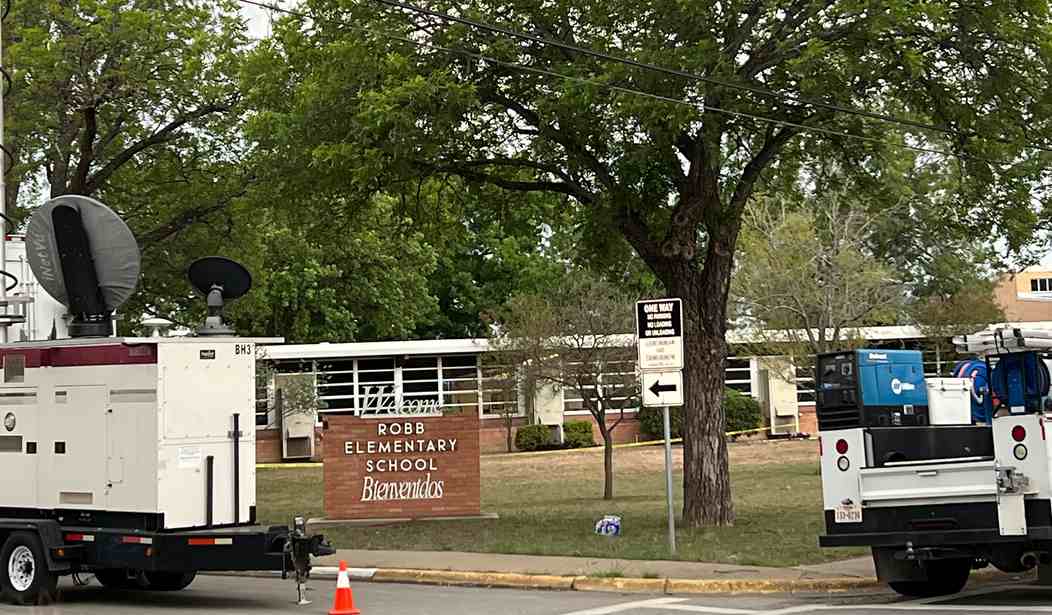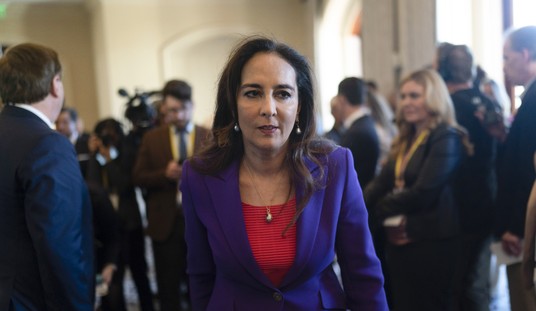What could have stopped Salvador Ramos? The angry 18-year-old went on a rampage in Uvalde, Texas. He shot his grandmother in the face and then proceeded to Robb Elementary School where he killed 19 kids and two teachers. Right now, a lot of questions and backlash have been directed toward the police. They waited nearly an hour before breaching the classroom door where Ramos was holed up under the belief that no kids were inside. That was incorrect. The delays probably cost lives. It’s sparked a Department of Justice investigation. It’s a mess. The timeline also went back and forth. The decision to wait for a tactical team and keys from a janitor—Robb’s doors lock from the inside—was something the Texas Department of Public Safety admitted was a mistake.
As questions about the police response grow, more is coming out about Ramos, who exhibited serious mental health issues. He directed multiple rape and death threats toward young girls on Yubo, even posting pictures of dead cats and discussing animal torture. As Jim Geraghty of National Review noted, the kid got into fistfights, wanted to join the Marines so he could get a chance at killing people, slashed his own face, and drove around town with a BB gun shooting people. What to do with all of this? Geraghty noted that all the gun control items liberals want to be enacted would not have stopped Ramos. High-capacity magazine bans? No. He was barricaded inside for nearly an hour; police were ordered to remain in their positions. The so-called gun show loophole doesn’t even apply here, and a waiting period only would have delayed the time of the attack. Robb was going to get hit, so were there existing laws that could have made Ramos a prohibited person? Yes (via NRO):
Quite a few of these actions — particularly the shooting others with a BB gun and making threats of violence — could have and should have spurred criminal charges. (Texas courts have upheld treating a BB gun as a deadly weapon because it is “capable of causing serious bodily injury.”) Texas law also states that a person commits the felony offense of “terroristic threat” if he “threatens to commit any offense involving violence to any person or property with intent to . . . place any person in fear of imminent serious bodily injury.”
If the shooter had been convicted of a crime, he would have been barred from purchasing a firearm.
The shooter also sounds like a prime candidate for being involuntarily committed for demonstrating behavior indicating he was a danger to himself or others. Under Texas law, if a person is committed for temporary or extended inpatient mental-health treatment, is found incompetent to stand trial after being charged with a crime or is acquitted of a criminal charge for reasons of insanity or mental defect, that information must be made available to the FBI for inclusion in the National Instant Criminal Background Check System (NICS), where it would cause him to fail a mandatory background check if he tried to purchase a gun.
Texas law does not require the reporting of emergency mental-health detentions, admissions or warrants, or voluntary commitments to NICS. (That might be a useful change to the law, but had that change been in place, that would not have prevented this massacre.)
Recommended
What about red flag laws? As we’ve noted, they sound great on paper, but they need a host of legal guardrails to prevent overreach, and we all know the political class is very fond of doing the latter. Just look at how they handled COVID. Yet, 19 states have such laws, but often the authorities confiscate the guns from these flagged persons if they own any—and then are left on their own about the very thing that got them on the radar of police in the first place: their mental illness:
…my friend [he’s our friend too] Cam Edwards points out that there’s a flaw in most of the red-flag laws on the books in the 19 states that have them. In just about all of the cases, the court system and police seize the firearms of the troubled individual and then . . . that’s it. There’s no requirement for subsequent counseling or mental-health treatment. The state has taken away that person’s guns and called it a day. That emotionally disturbed or threatening person is still free to attack someone with a kitchen knife or try to run down someone in their car. As D. J. Jaffe wrote in 2019, “It makes no sense to let people who are known to be seriously mentally ill and believed to be dangerous go without treatment, even if they have had their weapons taken away. It’s not compassionate. And it can be dangerous.”
It all circles back to some sad realities. If school districts want school resource officers or armed security guards on campuses, that should not be a controversial decision. These officers do secure our schools and confront would-be shooters within seconds. That’s been proven. The world has become a more dangerous place. Leave It to Beaver was set back in the 1950s. Times change, people.
And yet, armed police doing patrols at school isn’t new either. Get used to it. At the same time, we have an ongoing mental health crisis that needs addressing but won’t because Democrats want to get the ball rolling on seizing people’s guns. This crisis is only going to be exacerbated due to the legions of kids that have suffered mental health problems due to the COVID lockdowns. Some laws need tweaking, yes—but more than a couple could have landed Ramos on a prohibited person list.

























Join the conversation as a VIP Member